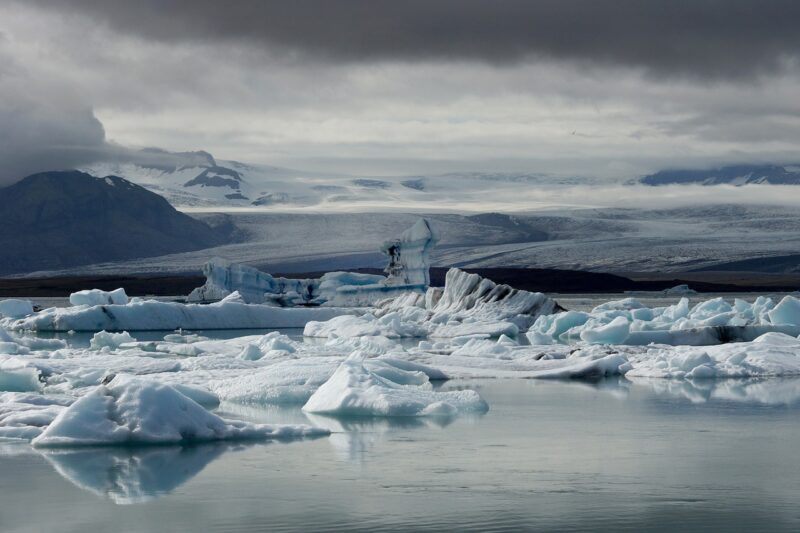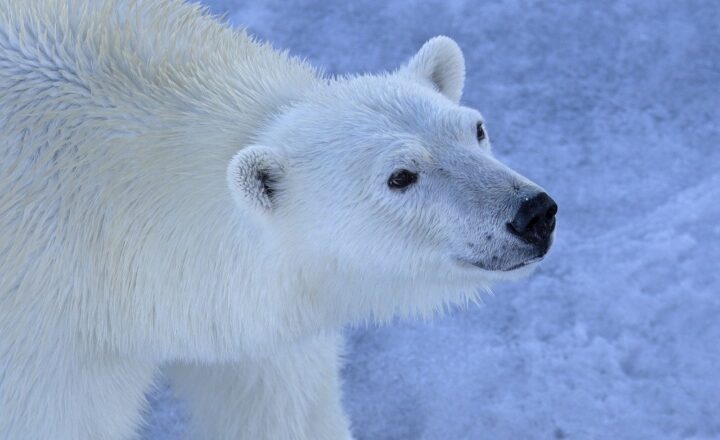How Glaciers Carve Rivers and Shape Valleys Over Thousands of Years
November 14, 2024

Glaciers, often referred to as the “rivers of ice,” are some of nature’s most powerful agents of erosion and sediment transport. These massive, slow-moving bodies of ice have been shaping the earth for millions of years, carving out valleys, creating rivers, and influencing ecosystems in profound ways. Understanding how glaciers operate not only sheds light on the geological past but also provides insight into our planet’s future in the face of climate change.
The Basics of Glacier Formation and Movement
Glaciers originate in areas where the accumulation of snow exceeds its melting over many years, leading to the compression of snow layers into ice. The primary stages of glacier development include:
- Accumulation: Snowfall in cold climates leads to a buildup that eventually compacts into glacial ice over time.
- Transformational Movement: As the glacier thickens, gravity pulls it downward along the mountain slope or towards the valley floor, contributing to glaciers’ flow patterns.
- Melting: In warmer periods, the glacier may begin to melt, releasing water and sediment into the environment, which can shape landforms downstream.
This constant cycle of accumulation, movement, and melting is critical in understanding glaciers’ role in shaping the landscape.
Erosional Power of Glaciers
The erosional capabilities of glaciers are profound and include several mechanisms:
- Plucking: As glaciers move, they freeze onto rocks and sediment, pulling them away as they travel. This process can create jagged rock formations and sharp ridges.
- Abrasion: Similar to sandpaper, the glacier’s base is laden with rocks and debris that scrape against the bedrock beneath, smoothing it over time and deepening the valley floor.
- Pressure Melting: The immense pressure from the glacier’s weight causes the ice at the base to melt slightly, creating a thin film of water that aids in movement and further erosion of the substrate below.
Each of these processes contributes to the glaciers’ ability to carve out landscapes, often resulting in distinct geological features in their wake.
Formation of U-Shaped Valleys
One of the most visible results of glacial erosion is the creation of U-shaped valleys, which contrast sharply with the V-shaped valleys carved by rivers. The formation of these valleys occurs through a few distinct phases:
- Inception: Initially, the valley may be a standard river valley, characterized by V-shaped formations due to erosive river activity.
- Glacial Encroachment: As the glacier advances into the river valley, it erodes both the sides and the base of the valley, widening and deepening its structure over time.
- Meltwater Stream Formation: Post-glacier retreat, meltwater streams are often present within these U-shaped valleys, further modifying the landscape and assisting in sediment transport away from the glacier’s initial path.
This U-shaped structure is a stark indicator of glacial activity and can be observed in various locations around the world.
Glacial Rivers: The Lifeblood of Ecosystems
The meltwater produced by glaciers is critical for sustaining terrestrial ecosystems, particularly in regions that rely heavily on these water sources during warmer months.
- Irrigation and Agriculture: Many communities in mountainous regions depend on glacial meltwater for agricultural irrigation, especially during summer months when rivers may dry up.
- Hydroelectric Power: In several regions, glacial meltwater is diverted into hydroelectric power plants, providing renewable energy sources for surrounding populations.
- Biodiversity: The unique habitats formed around these glacial rivers support diverse flora and fauna that thrive in the vibrant ecosystems created by nutrient-rich waters.
Without the glacial rivers, many areas would face challenges in water supply, energy production, and habitat sustainability.
Impact of Climate Change on Glaciers and Valleys
The impact of climate change is significantly altering the behavior of glaciers across the globe:
- Retreating Glaciers: As temperatures rise, glaciers are retreating more quickly than ever, which not only affects sea levels but also the hydrology of glacial rivers.
- Disruption of Ecosystems: Changing patterns in glacial melting have a ripple effect on ecosystems, potentially threatening species and disrupting food chains.
- Altering Landscapes: The retreat of glaciers can reveal new landforms and Pleistocene features, significantly altering landscapes in previously glaciated regions.
The ongoing effects of climate change necessitate close monitoring and research to understand implications for geology and ecology.
Conclusion
Glaciers are extraordinary natural phenomena that shape our landscapes and ecosystems in profound ways. Their ability to carve valleys, create rivers, and sustain diverse environments highlights their importance in environmental science and geology. While the beauty and grandeur of glacial landscapes are awe-inspiring, it is crucial for us to recognize the impact of climate change on these delicate systems and take action to protect them for future generations.
The next time you gaze upon a glacier or traverse a valley shaped by its mighty hand, remember the eons it has taken to create such wonders, and consider the imperative to safeguard their legacy.







